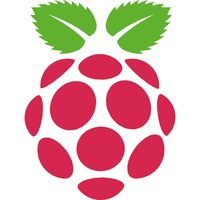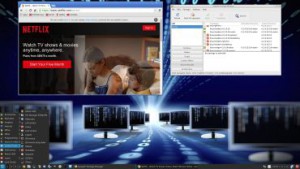 WHAT’S NEW IN ExLight Build 151031?
WHAT’S NEW IN ExLight Build 151031?
1. ExLight is now based on Ubuntu 15.10 (alias Wily Werewolf) and Debian 8.2 Jessie.
2. I have upgraded the Desktop environment Enlightenment (Beauty at your fingertips) to version 0.19.12. All included packages have been updated to the latest available version as at October 31, 2015.
3. I have replaced kernel 4.0.0-4-exton with kernel 4.2.0-16-exton.
4. ExLight’s ISO file is now a ISO-hybrid, which means that it can very easily be transferred (copied) to a USB pen drive. You can then even run ExLight from the USB stick and save all your system changes on the stick. I.e. you will enjoy persistence! I’ve found two scripts which make the installation to USB very simple. The scripts are quite ingenious. My tests show that they work flawlessly on USB installations of all normal Ubuntu systems. Read my INSTRUCTION how to use the scripts.
5. Another big improvement is that ExLight can run from RAM. Use Boot alternative 3 (Copy to RAM). When the system has booted up you can remove the disc (DVD) or USB stick. You’ll need at least 2 GB RAM to run ExLight that way.
6. The installation program Ubiquity (live installer) is now working as intended in ExLight version 151031. I.e. a new user (your user) will be created during the installation process.
7. I have installed Nvidia Graphic driver 352.55.
8. The ISO file has decreased in size from 1200 MB to 1050 MB. It means that the system will run faster from DVD or USB stick. When you run ExLight from RAM everything will be superfast!
What’s new in kernel 4.2? One million new lines of code in kernel 4.2! (The biggest kernel release ever according to Linus Torvalds).
See two screenshots of the Enlightenment 0.19.12 Desktop – pic 1 (root’s Desktop) – pic 2 (exlight’s Desktop)










